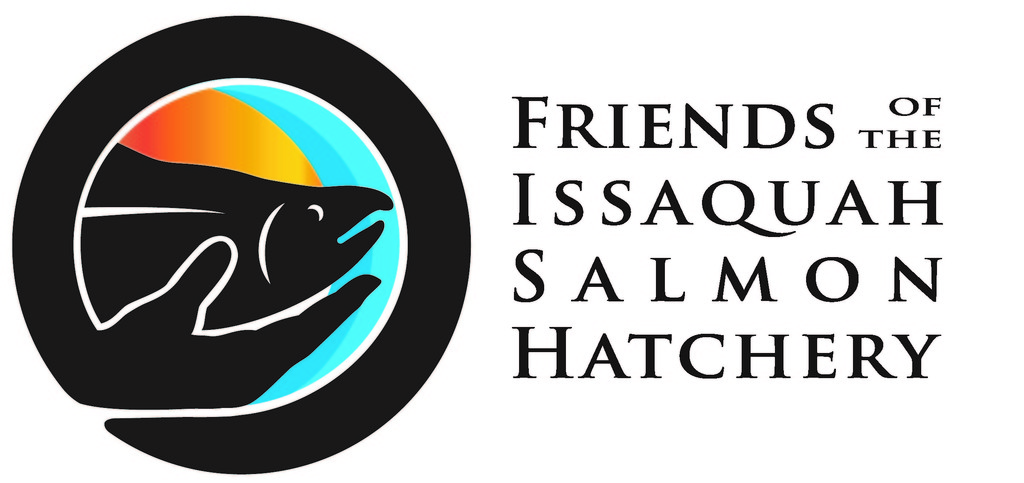More Latest News
The Original FISH guide
The original fish guide: Suzanne Suther By Grace Reamer As the Friends of the Issaquah Salmon Hatchery prepares to celebrate its 30th anniversary, we are taking a look back at the people and the activities that brought about the formation and development of this unique organization and partnership. For Suzanne Suther, her love affair with […]
Season of Giving – Kids Science Camp Scholarship Fund
Giving to Kids Science EducationThis giving season, FISH is partnering with WAgives.org to reach like minded donors and partners. Funding will enhance and support science education & outreach. Over 13,500 school-aged kids visited the hatchery in 2023, educational tours & classroom presentations are the core of what FISH does! FISH offers engaging ways to learn […]
Atmospheric River Meets Issaquah Creek
Atmospheric River Meets Issaquah Creek You may have noticed that rain is in the news. You may have even been impacted personally (my daughter’s garage in Bellevue was flooded by the recent rains). So, what is the impact on our favorite fish? Let’s start with a few facts: River flows are measured in cubic feet […]
The Salmon Are Dying!
“Yes, the salmon are dying. You can see them littered along Issaquah Creek. No, it’s not tragic. This is the chinook & coho life cycle. They spawn, then they die. There is nothing nefarious going on, they simply have reached the end of their life cycle. Those culled and spawned at the hatchery are destined […]
Season of Giving – Giving Tuesday Nov 28
Giving Tuesday ParticipationThis giving season, FISH is partnering with WAgives.org to reach like minded donors and partners. Funding will enhance and support science education & outreach. Over 10,000 school-aged kids visited the hatchery in 2023, educational tours & classroom presentations are the core of what FISH does! FISH offers engaging ways to learn in an […]
